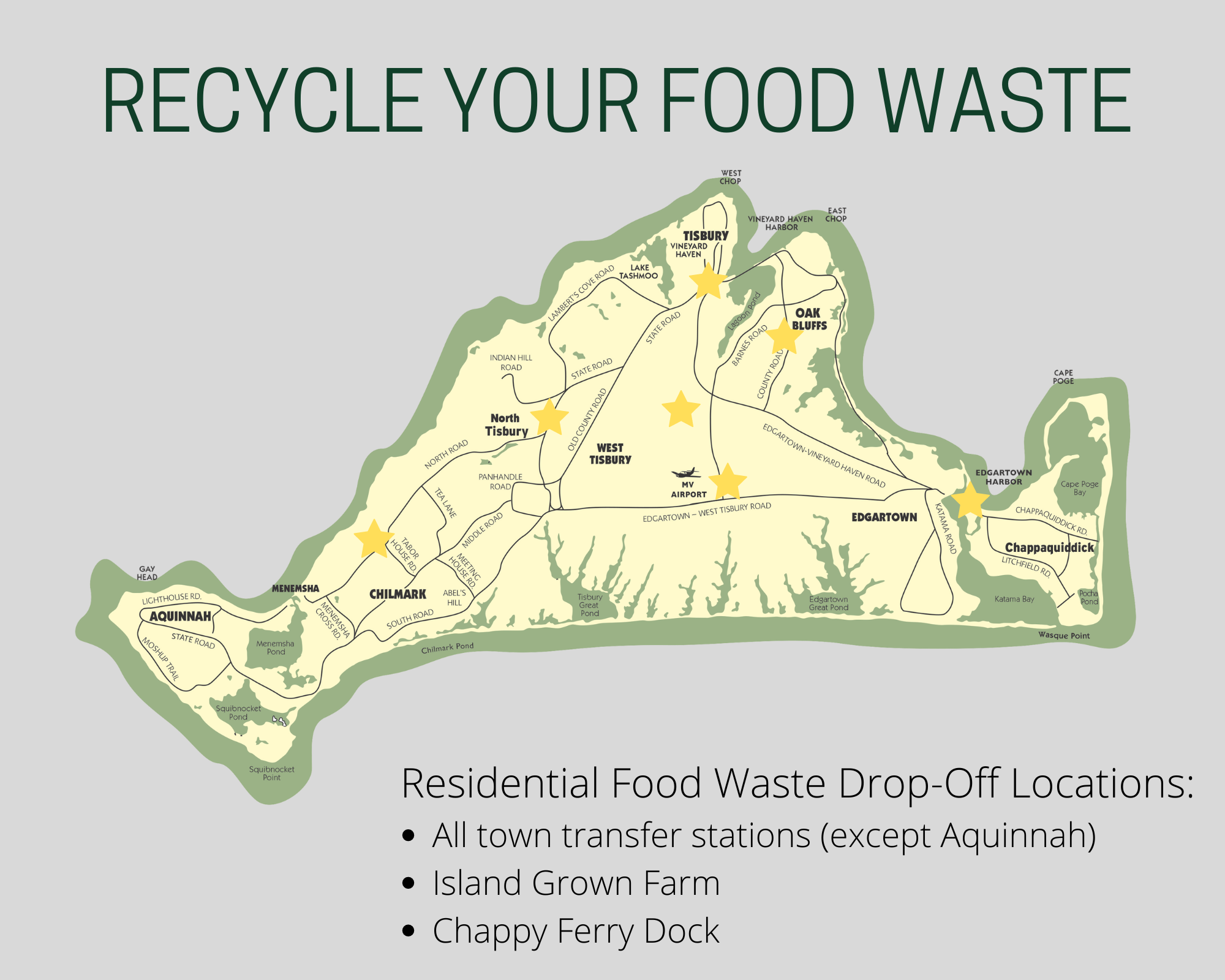OBJECTIVE
Students will review that plants need sun, soil and water to grow. They will have the opportunity to engage in the process of planting, from preparing the garden bed to planting a seed or seedling to watering.
ESSENTIAL QUESTIONS
What do plants need to grow? How do we plant in the garden?
MATERIALS NEEDED
• Seeds
• Trowels
• Compost
• Watering cans
• Bucket filled with water for dipping watering cans into
PROCEDURE
Activity
Make sure that you have all of your tools, buckets, watering cans, seeds and plants all gathered before students come outside. It is best to work with 5 to 8 kids at a time, and be sure that you have enough materials so that all students can have a tool at the same time.
Once outside, go over garden rules: feet on the paths, working together, etc. Establish a phrase, clap or signal you can use in the garden to get everyone’s attention.
Explain that we have certain steps to go through to prepare the garden bed which includes: pulling out weeds, adding compost, raking the compost into the soil, flattening the bed out, making a row, planting our seeds, covering our seeds and finally watering our seeds.
Encourage students to make observations while in the garden. What does the soil feel like? What do they see in the soil? What does a certain plant smell like or look like? What bugs do they notice?
While working the soil, use the “fluffiness test” to feel the difference between the hard soil in the path versus the soft soil in the garden. Put up a hand like you’re giving a high five. Turn the hand down so the fingers are pointing to the ground, and try to stick your hand into the soil. Is it fluffy? Is it hard? This soft soil has air, which the roots need to breathe. People also need air to breathe. Keep pointing this out, as it is an important reminder not to step in the bed. Stepping in the bed compacts the soil and kills plants.
Use body measurements or unifix cubes for planting distances. For example, pea seeds need about two fingers distance between each one to be able to grow. Read the seed packet to find out what distance plants need, and find clever ways for them to measure the distances.
Put all the seeds down, and check that they have good distances for growing. Then, cover them up with soil after you have checked on everything. Have students do this gently.
Once everything is covered, water gently. Demonstrate taking turns to fill watering cans in the bucket and then sprinkling plants with a little bit of water at a time so that puddles don’t form.








